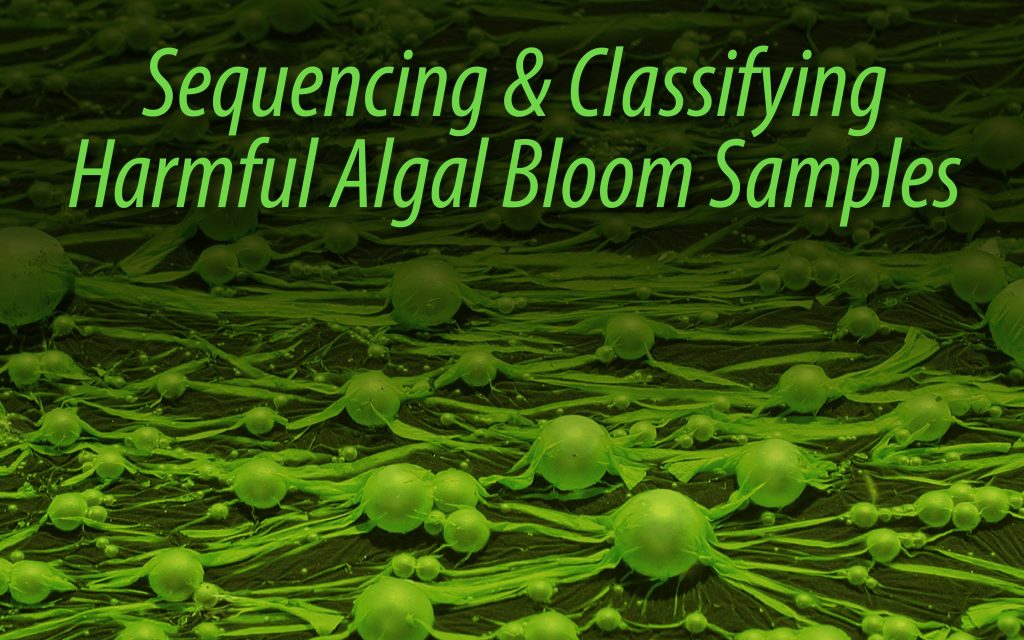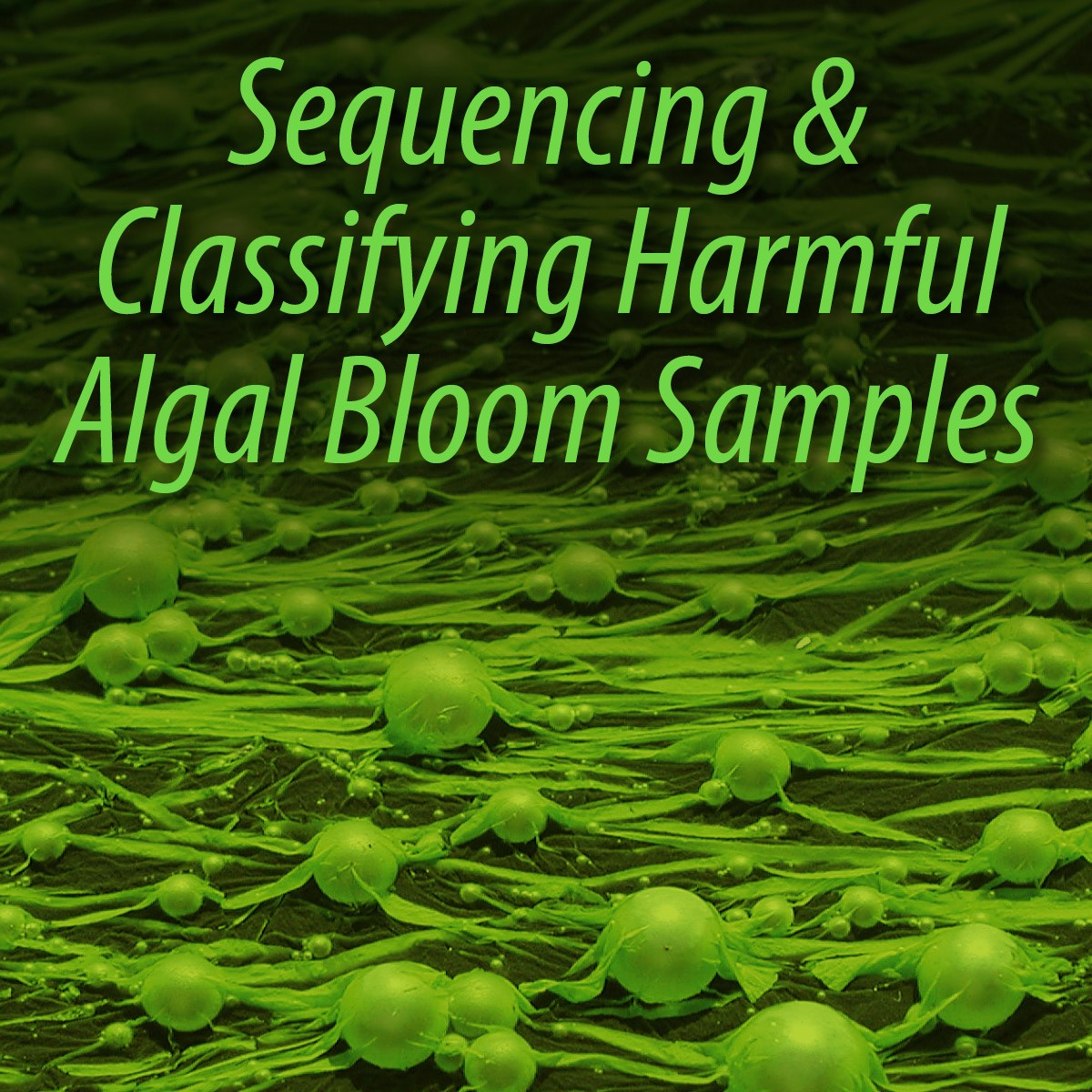
Abstract
Here we describe a publicly available environmental DNA (eDNA) sequence dataset, consisting of samples collected from a National Oceanic and Atmospheric Administration (NOAA) Great Lakes Environmental Research Laboratory (GLERL) on Lake Erie. We sequenced samples drawn from before, during, and after a 2019 Microcystis harmful algal bloom (HAB) using 3rd generation sequencing with the Oxford Nanopore MinION device. We classified the eDNA reads taxonomically, and estimated the abundances of all taxa in each sample. While the taxonomic data showed evidence of significant human and E. coli contamination, we found abundant Mycrocystis, especially in the samples drawn from bloom environments. The raw sequence data are available in the Sequence Read Archive (SRA) under accession number PRJNA812770. HABs pose a significant and increasing risk, both to human health and to the Blue Economy, and genomic approaches to early detection promise to help mitigate these risks. As such, this dataset could be of interest to freshwater ecology research teams, or any stakeholders interested in the detection and mitigation of HABs.
Keywords: MinION, Nanopore, eDNA, Harmful algal blooms, Freshwater ecology
Read the full paper here.
Authors
Alexander F.Koeppel1, William J.Goodrum2 , MorganSteffen3, LouieWurch3 , Stephen D.Turner1
1Signature Science, LLC: 8329 N. Mopac Expressway, Austin, TX 78759
2Elder Research: 300 W Main St STE 301, Charlottesville, VA 22903
3James Madison University: Bioscience Building, MSC 7801, 951 Carrier Drive, Room 2001, Harrisonburg, Virginia 22807

